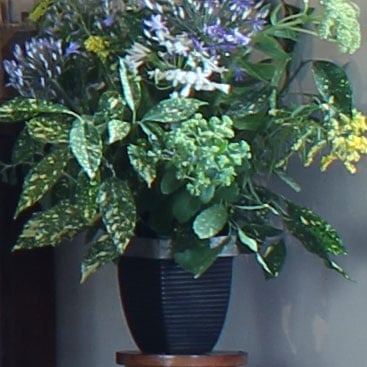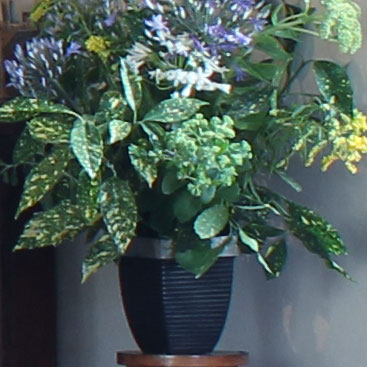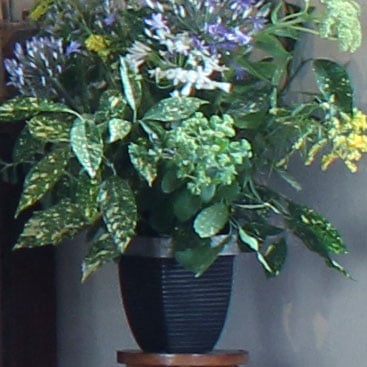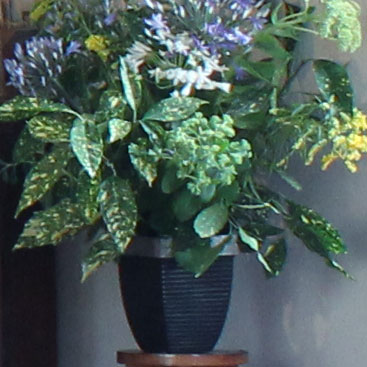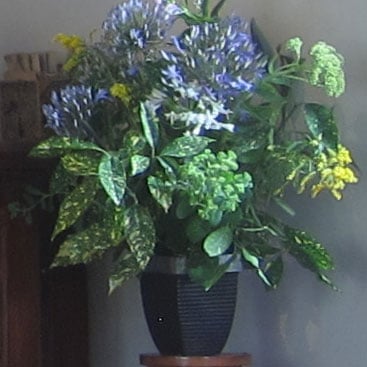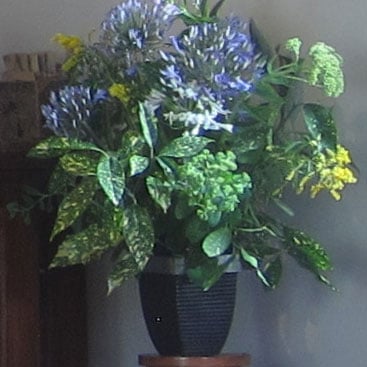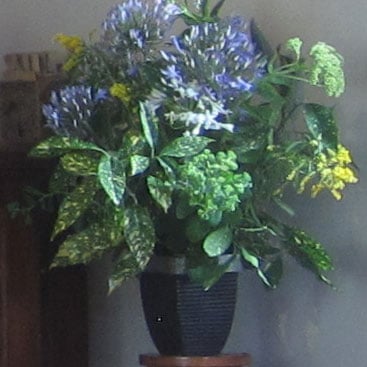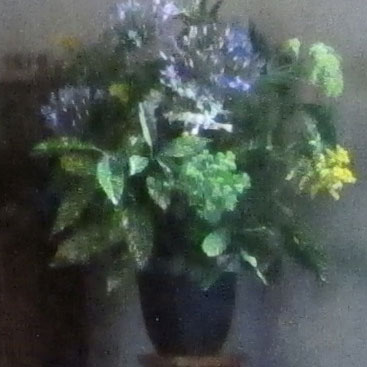Canon PowerShot G1 X
-
-
Written by Gordon Laing
Quality
|
Canon PowerShot G1 X |
Canon PowerShot G12 |
Canon EOS T3i / 600D | ||
 |  | 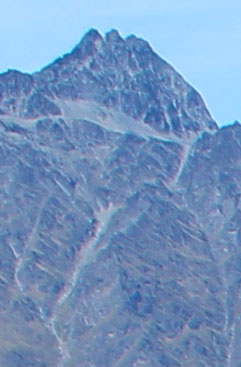 | ||
f5.6, 100 ISO |
f4, 80 ISO |
f5.6, 100 ISO | ||
 |  |  | ||
f5.6, 100 ISO |
f4, 80 ISO |
f5.6, 100 ISO | ||
 | 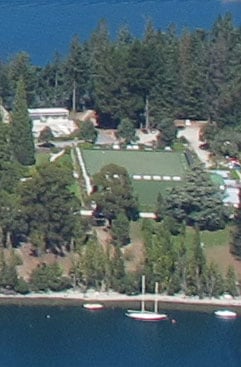 | 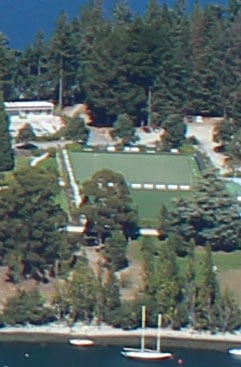 | ||
f5.6, 100 ISO |
f4, 80 ISO |
f5.6, 100 ISO | ||
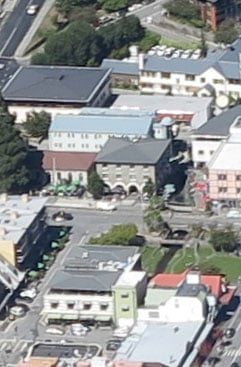 | 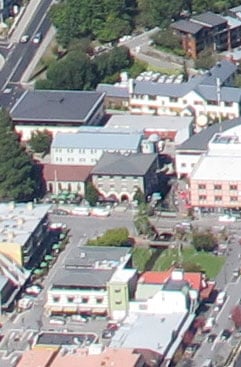 | 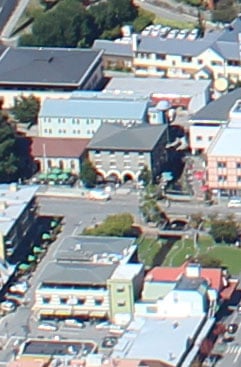 | ||
f5.6, 100 ISO |
f4, 80 ISO |
f5.6, 100 ISO |
Canon G1 X results : Quality vs G12 vs T3i / 600D / Quality vs GX1 / RAW vs JPEG / Noise vs G12 / Noise vs T3i / 600D
Canon PowerShot G1 X vs Panasonic GX1 image quality
|
Canon PowerShot G1 X |
Panasonic Lumix GX1 with 14-42mm kit zoom | |
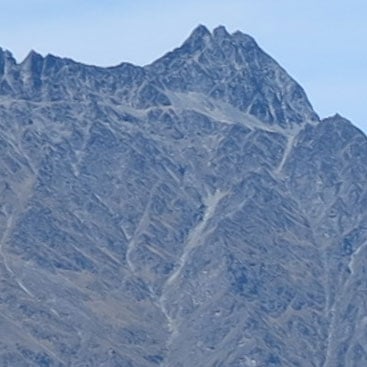 |  | |
f5.6, 100 ISO |
f5.6, 100 ISO | |
 |  | |
f5.6, 100 ISO |
f5.6, 100 ISO | |
 |  | |
f5.6, 100 ISO |
f5.6, 100 ISO | |
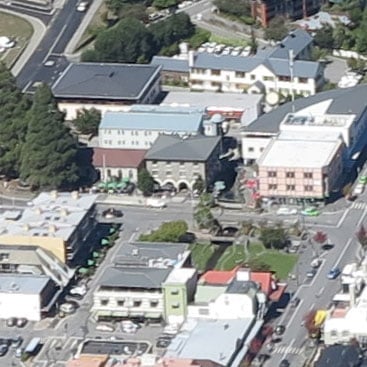 | 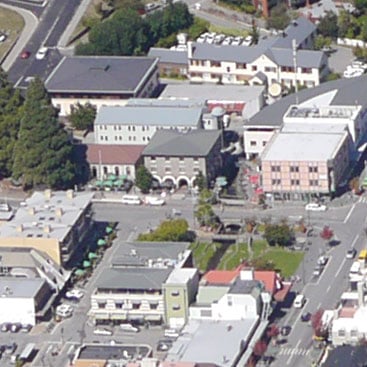 | |
f5.6, 100 ISO |
f5.6, 100 ISO |
Canon G1 X results : Quality vs G12 vs T3i / 600D / Quality vs GX1 / RAW vs JPEG / Noise vs G12 / Noise vs T3i / 600D
Canon PowerShot G1 X JPEG vs RAW
|
Canon PowerShot G1 X (JPEG using in-camera defaults) |
Canon PowerShot G1 X (RAW using Digital Photo Professional defaults) | |
 |  | |
f5.6, 100 ISO |
f5.6, 100 ISO | |
 |  | |
f5.6, 100 ISO |
f5.6, 100 ISO | |
 |  | |
f5.6, 100 ISO |
f5.6, 100 ISO | |
 | 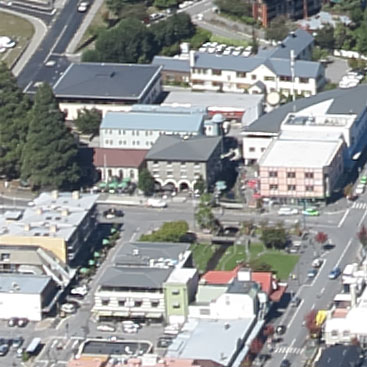 | |
f5.6, 100 ISO |
f5.6, 100 ISO |
Canon G1 X results : Quality vs G12 vs T3i / 600D / Quality vs GX1 / RAW vs JPEG / Noise vs G12 / Noise vs T3i / 600D
Canon PowerShot G1 X vs EOS T3i / 600D Noise
The image above was taken with the Canon PowerShot G1 X with the lens set to 24mm (45mm equivalent) and the aperture set to f4 in Aperture Priority mode. At its base sensitivity of 100 ISO, the G1 X metered an exposure of 0.8 seconds for this composition. I matched this exposure on the T3i / 600D by applying +0.3EV compensation. So the exposures you see below are identical and any brightness differences imply variations in actual sensitivity. On this page you’re also comparing cameras with different aspect ratios: the G1 X employs a squarish aspect ratio of 4:3, while the EOS T3i / 600D with its APS-C sensor delivers slightly wider 3:2 shaped images. Where aspect ratios differ, I always match the vertical field of view in comparisons, which obviously penalises models with wider ratios. As such on this page, I’m only effectively comparing a 4:3 crop from the middle of the T3i / 600D image and ignoring thin strips on either side. This means the T3i / 600D is effectively operating like a 16 Megapixel camera in this test, although this is still higher than the 14.3 Megapixels of the G1 X. As such, the crops taken at 1:1 show a larger area for the G1 X. Both cameras start at a base sensitivity of 100 ISO where they deliver clean, detailed images. Look really close though and you may notice a very faint smattering of noise textures on the G1 X – nothing to be worried about, but something that’s absent on the T3i / 600D. But before you draw any conclusions, have a look at the comparative image processing: the G1 X appears slightly punchier with a little higher contrast and sharpening, and this in turn will make any noise artefacts a little easier to see. I also think the noise reduction is a tad higher on the T3i / 600D here. At 200 ISO it’s pretty much the same story, with the faintest noise on the slightly punchier-looking G1 X sample compared to the noise-free but fractionally softer T3i / 600D image. Likewise at 400 and 800 ISO. But at 1600 ISO something changes: the G1 X maintains a faint but fine pattern of noise, but the T3i / 600D becomes a little blotchier; it’s still extremely close, but I’d say the G1 X image looks less processed and preferable to my eyes. Then at 3200 ISO the T3i / 600D begins to suffer to a greater extent than the G1 X, delivering a visibly inferior result; indeed the G1 X at 3200 ISO looks very respectable and usable. The G1 X isn’t at all bad either at 6400 ISO, at which point the T3i / 600D has become considerably blotchier. And while the G1 X at its maximum 12800 ISO isn’t looking great, it’s considerably better than the T3i / 600D. So pixel-peepers may notice very minor differences in noise up to 1600 ISO, but to all intents and purposes I’d call them a draw up to this point, especially if you tweak the noise reduction settings. The revelation comes at 1600 ISO and above though where the G1 X delivers visibly superior results to the T3i / 600D. This shouldn’t come as too much of a surprise as while the pixel pitch is similar the G1 X has the benefit of having a newer sensor, making the most of the latest technologies and image processing. Bottom line? The G1 X will essentially match the quality from an 18 Megapixel Canon DSLR (including the 60D and 7D) up to 1600 ISO, then actually take the lead. So if you love the quality from your Canon DSLR and simply want it in a smaller package, the G1 X will give it to you; plus the G1 X enjoys the additional benefit of a composite Handheld Night Scene mode which can further reduce noise at high sensitivities. A fantastic result for the new PowerShot. But don’t just take my word for it – head onto my Canon G1 X sample images to download a selection of original images at the full resolution to evaluate yourself! If however you’re already convinced, check out my Canon G1 X verdict!
|
Canon G1 X results : Quality vs G12 vs T3i / 600D / Quality vs GX1 / RAW vs JPEG / Noise vs G12 / Noise vs T3i / 600D
Canon PowerShot G1 X vs PowerShot G12 Noise
The image above was taken with the Canon PowerShot G1 X with the lens set to 24mm (45mm equivalent) and the aperture set to f4 in Aperture Priority mode. At its base sensitivity of 100 ISO, the G1 X metered an exposure of 0.8 seconds for this composition. The earlier PowerShot G12 metered an identical exposure moments later, so you’re comparing like-with-like for these two models below. Since the G1 X has 14.3 Megapixels to its predecessor’s 10 Megapixels, its crops below show a smaller area when cropped to the same size and viewed at 1:1 here. A quick glance at the crops reveals an obvious difference in processing style with the G1 X looking much more contrasty than the G12 – a surprise given it’s normally the other way around when comparing CMOS against CCD sensors. But the important thing is while the G12 crops look a little soft in comparison, they can be tweaked to look much closer to the G1 X style with a boost in contrast. You’ll also notice a stuck or hot pixel on the G12 crops, annoyingly on the vase in this composition; don’t hold this against the G12 though, only the particular sample I used for this test. I should also note the results for the G12 below are also indicative of what you can expect from the Canon S95, as this model shared the same sensor. The G12 kicks-off the sequence at 80 ISO where it’s delivering a detailed image with only the slightest suggestion of noise in the shadows. 80 ISO sounds very close to 100 ISO, but pixel-peepers will notice the minor scattering of shadow noise in the 80 ISO sample has increased a tad at 100 ISO. Meanwhile the G1 X starts at 100 ISO, where it delivers a nice, clean, detailed result, although the relatively high contrast has rendered the wooden stand to the left of the crop into a very dark shape. Looking beyond the processing styles to actual resolution, both cameras are recording a similar amount of real-life detail at this point; there’s little visible benefit to the extra 4 Megapixels of the G1 X at this point. At 200 ISO, there’s a minor increase in shadow noise textures from both models, although more so from the G12 than the G1 X, allowing the latter to enjoy a small lead. Doubling the sensitivity to 400 ISO again sees the noise textures become more apparent on the G12, and while they’re also increasing on the G1 X, it remains a smaller step. This gap widens further at 800 ISO where there’s only a minor increase in noise on the G1 X, but quite a significant reduction in quality from the G12. Any additional noise on the G12 is now being smeared out by noise reduction, taking some of the fine detail with it: the horizontal bars on the vase have almost been wiped-out into a mushy whole. At 1600 ISO the G12 is visibly suffering with a lot of noise, a lot of smearing and a loss of saturation too. Meanwhile the G1 X is barely any worse than at 800 ISO and as such is now enjoying a significant lead. The G12 maxes out at 3200 ISO where its image is plagued by noise and undesirable artefacts, while the G1 X is still looking fairly comfortable. The G1 X then continues with 6400 ISO where it’s now showing quite a few visible speckles and reduced fine detail, but it’s still acceptable for smaller reproductions. Even the 12,800 ISO sample isn’t too bad – certainly at least as good as the 3200 ISO on the G12, giving it at least a two stop advantage. As you’d expect, the results here are not dissimilar to earlier comparisons between the G12 / S95 and an APS-C DSLR. Both are reasonably well matched in fine detail at their lowest sensitivities, but as the ISO is increased, the camera with the small sensor suffers from much bigger decreases in quality, until at around 800 and 1600 ISO the difference becomes quite significant. So that’s it in a nutshell: if you can keep your ISO at 100, then there’s little between them, but if you’re shooting at 800 ISO or above, or even 400 ISO and above, the larger sensor of the G1 X will deliver much cleaner results akin to an APS-C DSLR. Which begs the question, how does the G1 X actually compare to an APS-C DSLR? Find out in my G1 X vs DSLR noise results page!
|
Canon G1 X results : Quality vs G12 vs T3i / 600D / Quality vs GX1 / RAW vs JPEG / Noise vs G12 / Noise vs T3i / 600D

